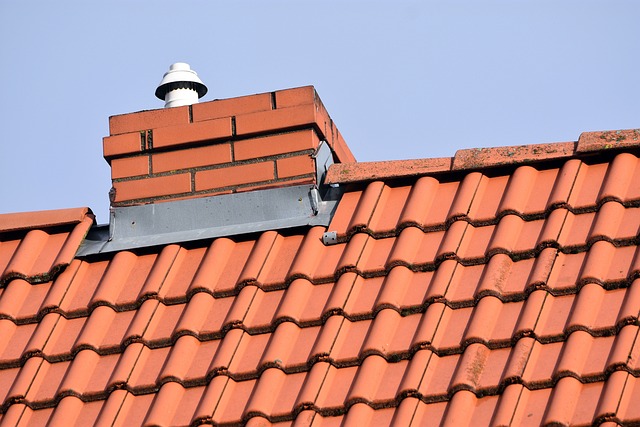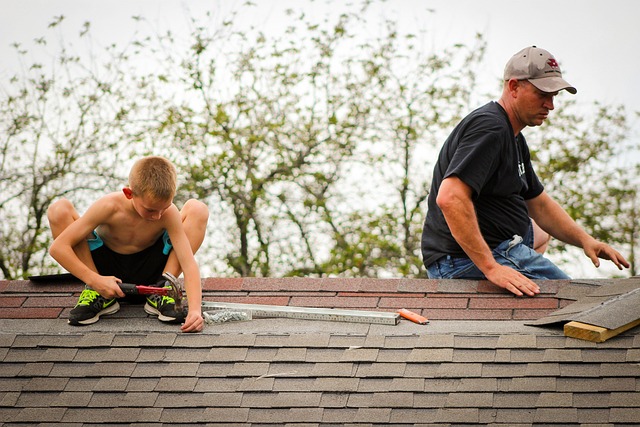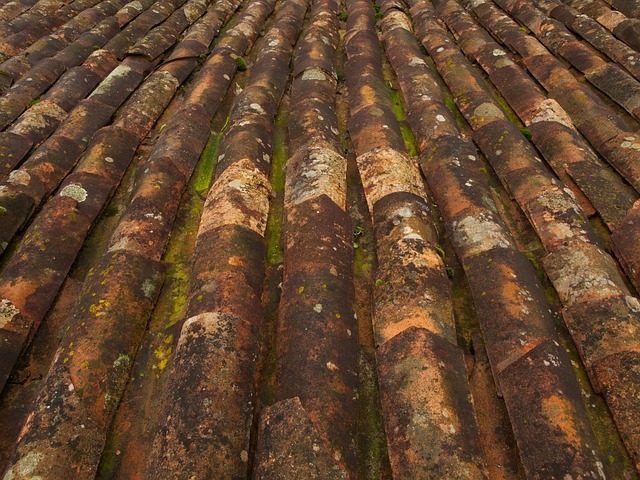Roof Repair Austin: Mastering Valley Repairs for Effective Drainage
Roof valleys are crucial for Austin home protection, channeling rainwater away and preventing water damage. Issues like clogs, wear or improper installation require prompt attention from professional roof repair Austin services. Regular inspection, cleaning, and maintenance guard against unsightly s…….

Roof valleys are crucial for Austin home protection, channeling rainwater away and preventing water damage. Issues like clogs, wear or improper installation require prompt attention from professional roof repair Austin services. Regular inspection, cleaning, and maintenance guard against unsightly stains, structural problems, mold growth, and wood rot. This guide educates homeowners on valley repair processes, emphasizing the importance of optimal water drainage and quick responses to maintain roofing system longevity.
In the heart of Austin, proper roof drainage is not just an option, it’s essential. Understanding and maintaining roof valleys—crucial channels that direct rainwater away from your home—is vital for preventing costly water damage. This guide delves into the significance of healthy valleys, common issues like clogs and damage, and provides a step-by-step tutorial on repairs. Discover expert tips for optimal drainage post-repair to safeguard your Austin property from the elements.
- Understanding Roof Valleys and Their Significance in Water Drainage
- Common Issues with Roof Valleys and Their Impact on Property
- The Step-by-Step Process of Repairing Roof Valleys
- Tips for Maintaining Optimal Water Drainage After Valley Repairs
Understanding Roof Valleys and Their Significance in Water Drainage

Roof valleys, also known as gutter systems, are essential components of any roofing structure. They play a crucial role in directing rainwater away from the roof and down to the ground, preventing water damage and ensuring proper drainage. In the context of roof repair Austin, understanding the significance of valleys is paramount. These channels, typically made of metal or plastic, capture runoff from the roof’s surface, especially in areas with significant slope or high rainfall.
Properly functioning valleys are vital for maintaining the integrity of a building’s roofing system. Over time, damage such as cracks, corrosion, or blockages can occur, leading to inefficient drainage and potential water saturation of the roof deck. Roof repair Austin professionals address these issues by inspecting, cleaning, and repairing or replacing damaged valleys, ensuring optimal water flow and protecting the structure from costly water-related problems.
Common Issues with Roof Valleys and Their Impact on Property

Roof valleys, those narrow channels that direct rainwater away from your home, are a crucial component in preventing water damage to your property. Common issues with roof valleys include clogs, wear and tear, and improper installation or maintenance. When valleys become clogged with debris like leaves, branches, or bird nests, they lose their effectiveness, causing water to pool on the roof or flow down the sides of the building. This not only leads to unsightly stains and damaged siding but can also result in serious structural issues over time.
Inadequate maintenance or incorrect installation can exacerbate these problems. If the valleys are not sloped properly, water may not flow freely, creating stagnant pools that promote mold growth and wood rot. In extreme cases, weak or broken valves can lead to leaks, causing substantial interior damage. For these reasons, it’s vital to address valley issues promptly, turning to professional roof repair Austin services for expert solutions and ensuring your home stays protected against the elements.
The Step-by-Step Process of Repairing Roof Valleys

Repairing roof valleys is a crucial part of maintaining your home’s integrity and protecting it from water damage. Here’s a step-by-step guide for Austin residents looking to tackle this project themselves or hire professionals for roof repair Austin.
1. Inspect the Valley: Start by thoroughly inspecting the valley area, identifying any cracks, holes, or loose debris. Use a ladder for safety and ensure clear access to all sections of the valley.
2. Clean the Area: Remove all leaves, twigs, and other debris from the valley using a broom or leaf blower. Cleaning ensures proper water flow and prevents future blockages.
3. Evaluate Damage: Assess the extent of the damage. Common issues include warped or missing shingles, rusted or damaged flashing, or deteriorated wood. Take note of these problems to guide your repair process.
4. Replace Damaged Materials: If any shingles are missing or damaged, replace them with new ones from a local hardware store. Ensure you get the right size and type for your roof. For flashing issues, apply new flashing tape or replace it entirely if necessary.
5. Repair or Replace Wood: If the wood in the valley is rotten or damaged, remove it carefully and replace it with fresh, treated lumber. Secure the new wood tightly using nails or screws to ensure stability.
6. Re-seal the Valley: Once all repairs are complete, re-seal the valley area using a high-quality silicone caulk. This creates a watertight seal, protecting your roof from future leaks.
Tips for Maintaining Optimal Water Drainage After Valley Repairs

After repairing roof valleys, maintaining optimal water drainage is crucial for preventing future damage. Start by inspecting the repaired area regularly to ensure no debris or blockages have accumulated. Keep gutters clean and free from leaves, twigs, or other obstructions to facilitate smooth water flow. Regular cleaning can be done with a broom or leaf blower, or for more stubborn clogs, use a hose to flush out any buildup.
Additionally, consider installing downspout extensions if your current ones are not long enough to direct water away from the foundation. These extensions should lead water at least 6–8 feet away from your house, reducing the risk of water pooling and eroding the soil around your property. Regular maintenance and quick response to any drainage issues will help keep your roof repair in Austin successful and extend the life of your roofing system.
In conclusion, proper roof valley maintenance is crucial for ensuring effective water drainage and protecting your Austin property from potential damage. By understanding the significance of these channels and addressing common issues promptly, homeowners can avert costly repairs down the line. Following the step-by-step repair process outlined in this article and implementing maintenance tips will help maintain optimal water flow, enhancing the longevity of your roof and safeguarding your investment. Turn to professional roof repair Austin services for expert assistance when needed.







